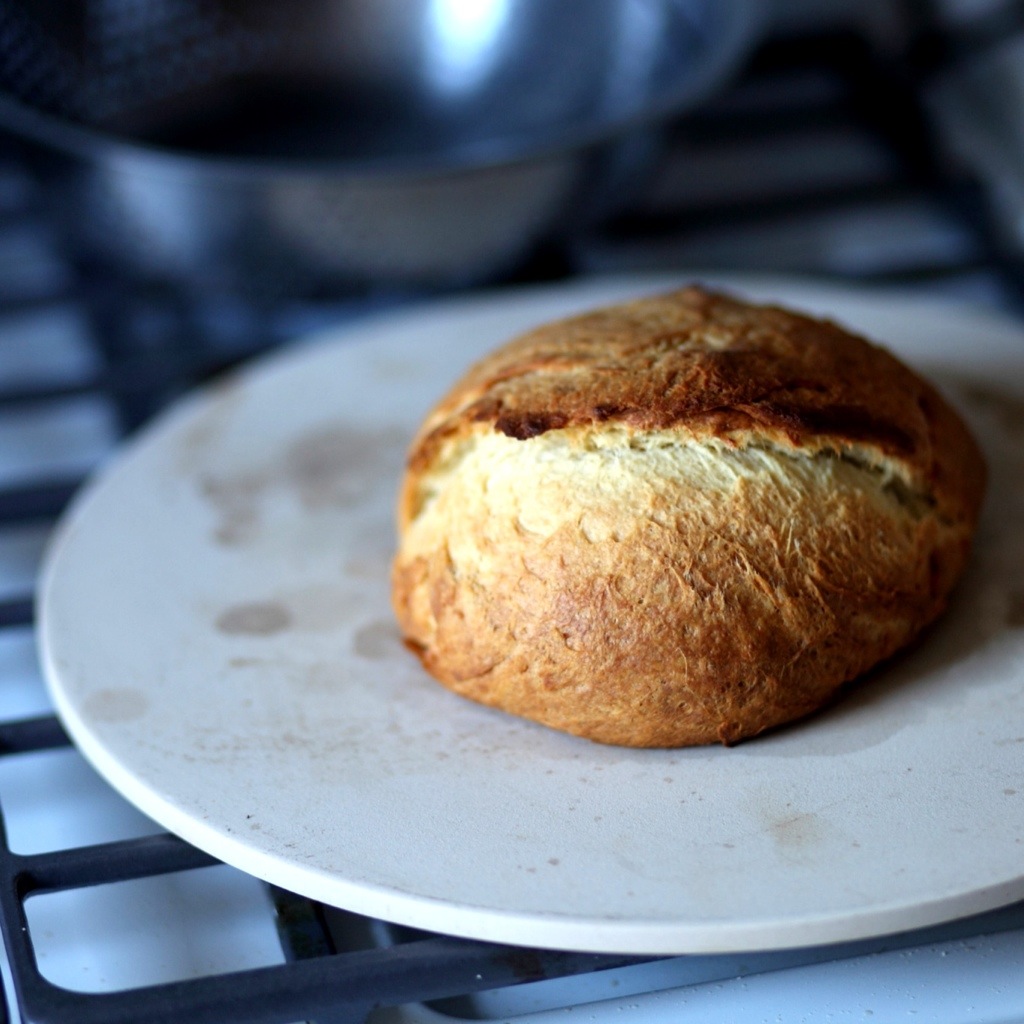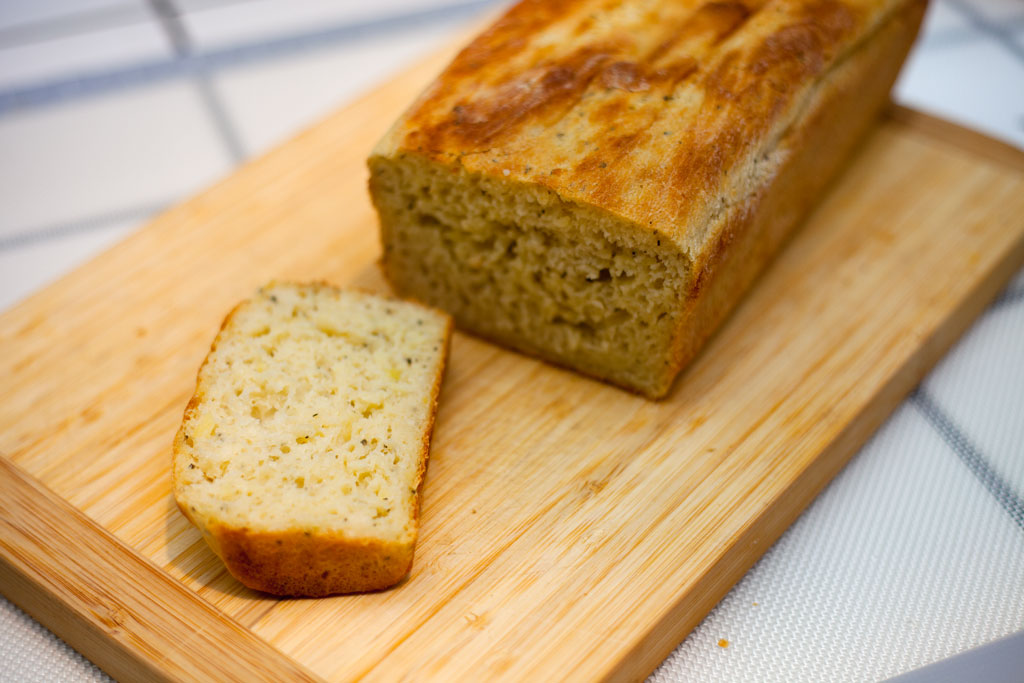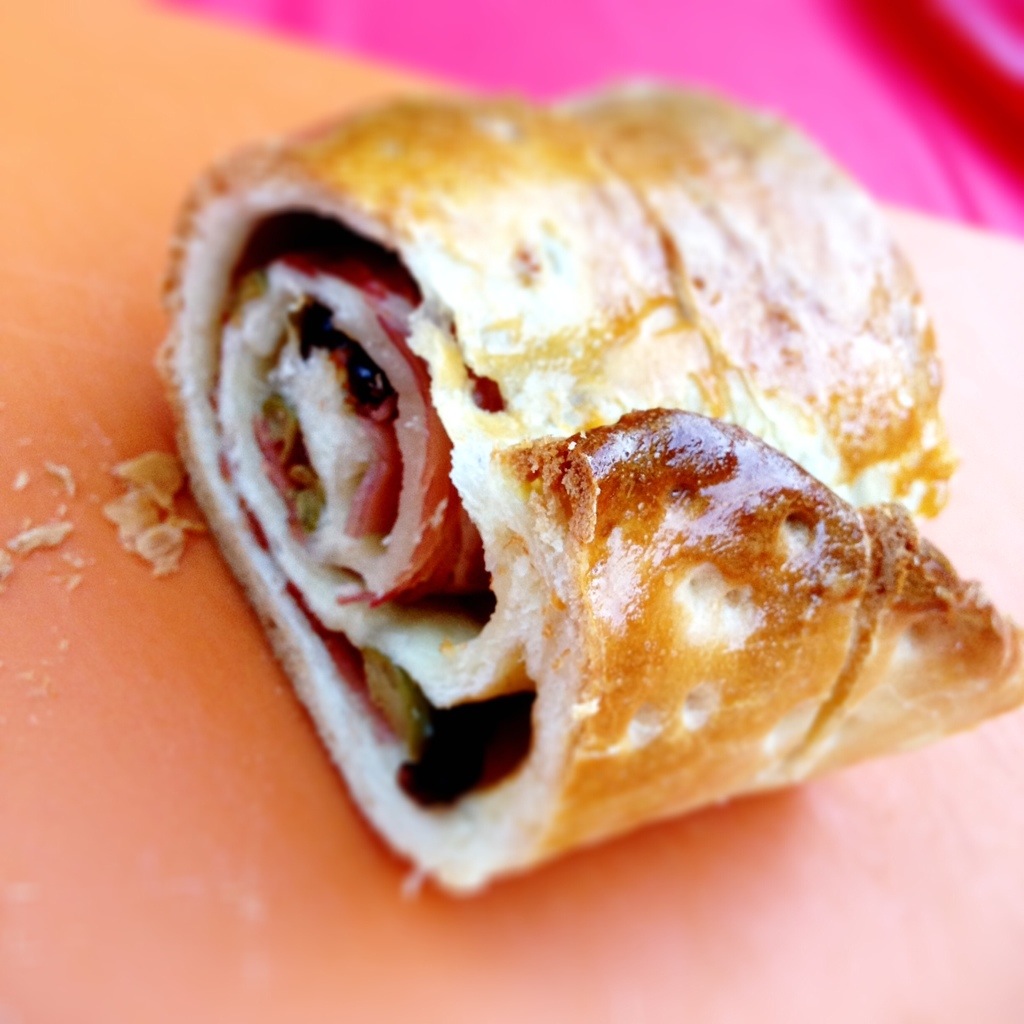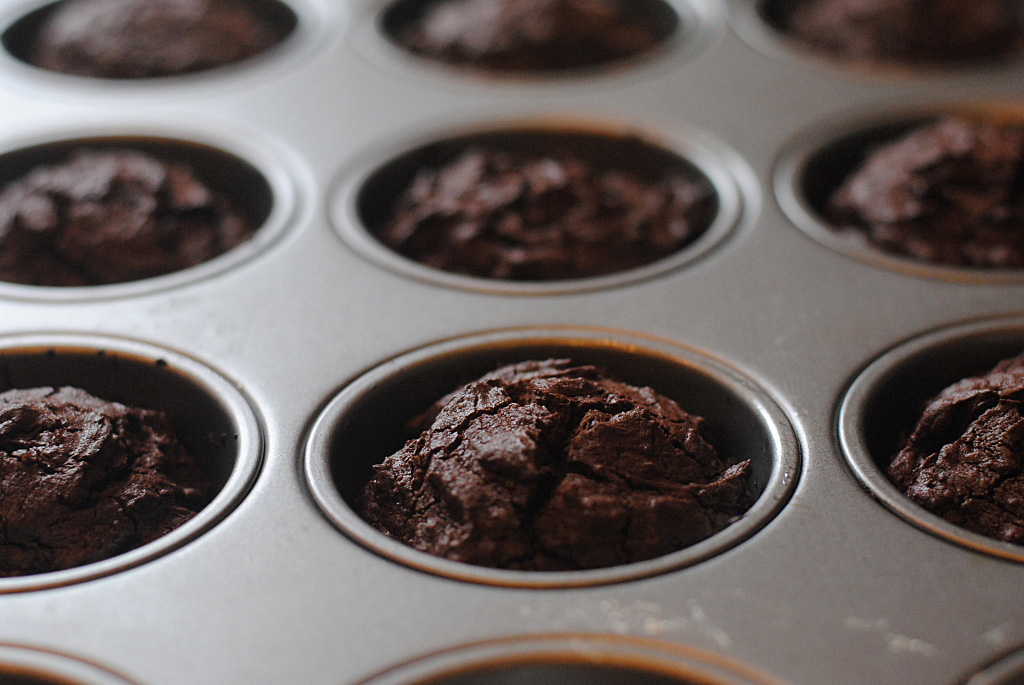Brioche = Intimidating!!! tons of steps and this and that, seems crazy! I happen to have all the ingredients at hand today and not much to do, but best of all, it is Saturday, I can forget about this dough in the fridge overnight and get back to it in the am (which some famous chefs out there recommend). I also want to try something while going through this process, I want to normalize this recipe down to work units, grams and I want to convert it to ratios so I don’t have to memorize so many things and I can understand better what am doing! I tried Thomas Keller’s recipe in my copy of ad hoc
1/3 C water
1 packet of active yeast
2.333 C cake flour
2 C AP flour
1/3 granulated sugar
2.5 tsp fine sea salt
6 large eggs at room temperature
2.5 sticks of unsalted butter (10 oz)
I’m already freaking out, all the different measurement units and large eggs? how large? Seems complicated, so by normalizing the weights of the ingredients to grams, this stuff starts to make some sense.
70g water
7g yeast
645g flour (combined AP and C)
70g sugar
12.5g sea salt
360g eggs
300g butter
It’s already a little simpler to follow, and something becomes more obvious, the ratio flour to butter: 2:1, which some say its the way a proper brioche is made, but after looking online for other recipes, that ratio was all over the map.
Take this one more step further and turn the whole thing to ratios, and here, this can be done in many different ways as long as the relative ratios stay relative 🙂
I chose water as my unit for whatever reason, it made sense:
0.1 parts yeast (I’ve tried yeast to salt 1:1 and worked just fine)
0.18 parts salt
1 parts water
1 parts sugar
5 parts butter
5 parts eggs
10 parts flour
I had to round the parts to simplify the recipe and make it easier and friendlier. Of course, it’s not the exact same recipe anymore!!? well, are all brioche recipes exactly the same?…probably not. So, i wont worry about this… yet.
I only have 2 eggs (seriously), what other stuff do I need to make brioche? given that my eggs are 60g each, using the ratio I can calculate the stuff I need:
2.4g yeast
4.3g salt
24g water
24g sugar
120g butter
120g eggs
240g flour
30 mins at 400f after 1st rise at room temp, and second rise overnight in the fridge.
Without a stand mixer the mixing of the ingredients was pretty much a sticky mess, the dough turned oily, it did rise the first time, but not the second time in the fridge…. once in the oven, it didnt spring either, but the flavor was good and the look of the bread wasn’t actually all that horrifying:
Very sophisticated kitchen math:
In conclusion, this bread didn’t turn out all that great, and I have 3 possible reasons:
1. My butter separated and melted
2. I don’t have a stand mixer
3. amount of yeast was too low
The result was a very oily dough that wouldn’t rise enough. Out of the fridge it just felt like a compact mass, very firm, and I had to let it get to room temperature for it to rise a bit more, otherwise the lack of plasticity of the firmed up buttery dough wouldn’t rise.
Working brioche dough by hand is very time consuming, I haven’t found any information on this, I’m sure a stand mixer would give me a much better dough…. or would it?
Check out my second go at this brioche bread!
Wanna get more sous-vide cooking guides and cool cooking how-to’s in your mailbox? You know what needs to be done!
We never spam. You should only be getting updates when new content is posted on the site. We also respect your privacy. We don’t share your email address with anyone and you can unsubscribe anytime!







2 comments